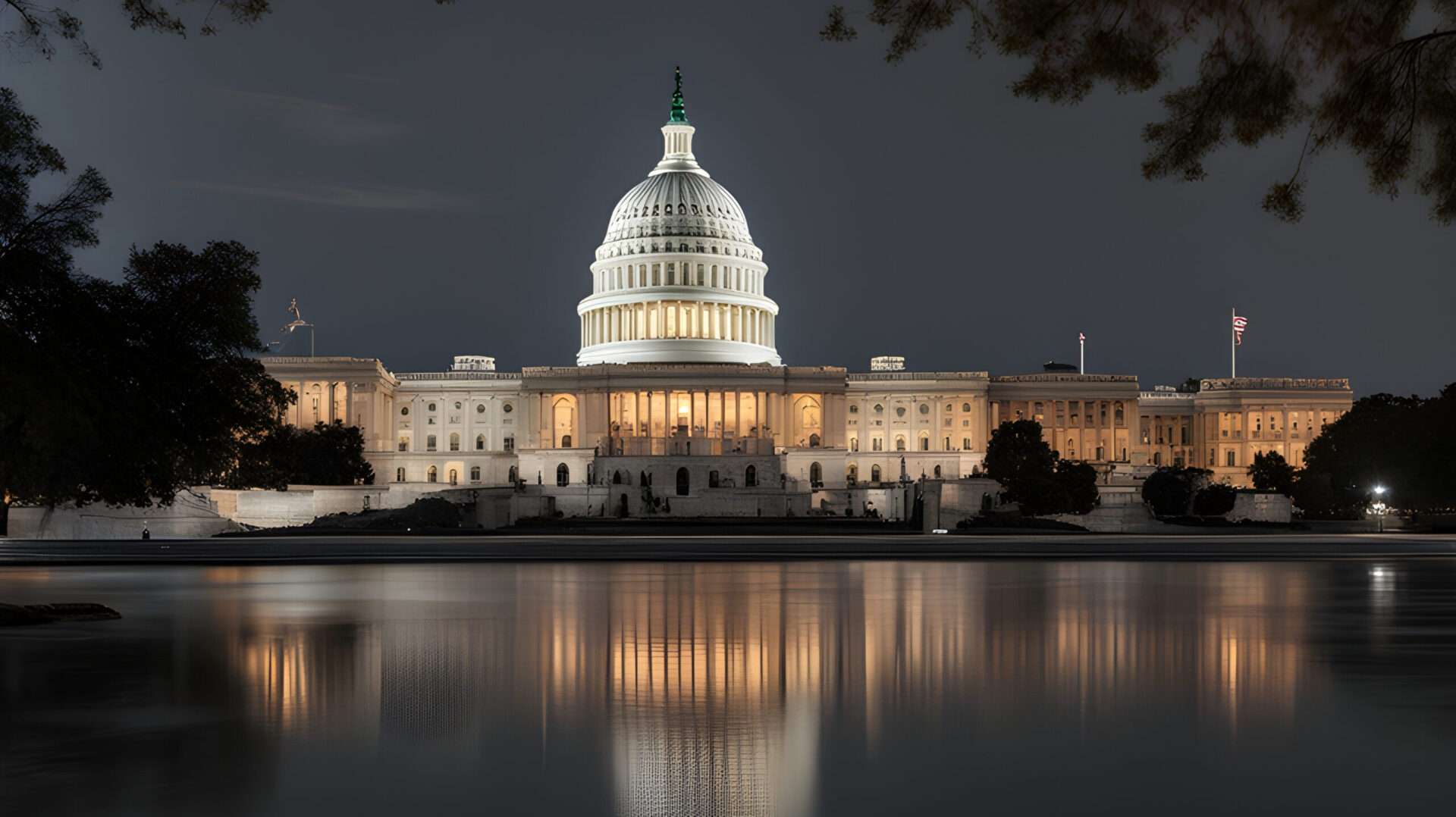Note: Political Awareness’s published communication is never authorized by any candidate or their committees.
Historical Roots of Pakistan’s Nuclear Ambitions
Since the introduction of nuclear weapons on the international stage in 1945, nine nations have gained nuclear capabilities. While these weapons pose a threat regardless of the cultural or political identities of these nations, one country in particular serves as an example of how instability and access to nuclear weapons create a potential disaster waiting to happen: The Islamic Republic of Pakistan.
For context, you’d have to look back to British colonization and occupation of the Indian subcontinent. After British troops granted independence to India and Pakistan in 1947, fierce competition between the two new nations intensified. The introduction of the primarily Muslim Pakistan and the primarily Hindu India caused many to be displaced and fueled many conflicts. These complicated relations took a dramatic spike of tension when, “India announced that it had successfully tested a nuclear weapon in 1974” (Ebsco).
This has led many across Pakistan to sound the alarm that India may now have the upper hand over the Islamic Republic of Pakistan. So, famous Pakistani scientist A. Q. Khan led a campaign to enrich the vital amounts of Uranium needed for nuclear weapons. In 1998, Pakistan went on successfully launching six nuclear weapons at test sites, granting it access to the other nations who also had similar capabilities. In the same year, India launched five nuclear tests, officially starting a stalemate of the two countries’ nuclear capabilities. Effectively forcing them into a conflict with the ever-present threat of a nuclear exchange.
Current Political and Security Challenges Facing Pakistan
The stability of the Pakistani government, however, has seen a sharp decrease due to three main reasons. The post-colonial government had questionable legitimacy and lacked the power to rally the people. The military frequently launches coups to undermine the legitimacy of civilian governments. And due to the ineffective government that is often too caught up in the power politics of the country as well as regional terrorist groups that have been allowed to fester in neighbors such as Afghanistan many extremist groups pose a constant threat to the stability of Pakistan, “the most prominent today is the Tehrik-I-Taliban Pakistan” (Center for Preventive Action).
This Taliban group has ties to the chapter in Afghanistan and has vowed its desire to exterminate the West, especially the United States. Seeing as it has grown exponentially in the region, Pakistan is no different from this phenomenon. One major factor aiding this is the large youth unemployment rate of the country, especially in poorer areas, with estimates nationally being around, “9.86%” (O’neill).
Furthermore, through all of the hardships of the nation, many complex issues have been postponing the nation’s ability to gain stability. Owing to climate change, the country has experienced harsh floods that have inundated Pakistan’s population and infrastructure. This all comes as inflation, unemployment, and economic stagnation throw many into poverty. Extreme poverty leads to increased extremism. And if any nuclear intelligence or capabilities were to fall into extremist hands, it could effectively lead to an all-out nuclear Armageddon if those groups follow through on plans to attack the West.
The Future
This all comes as unpopular Prime Minister Shehbaz Sharif has taken drastic measures to clamp down on power, such as crippling the media’s ability to have access to free press as well as hampering NGO’s from supporting the population. The perfect storm of events that could lead to a complete collapse of institutions. If a failed state with access to nuclear weapons comes into fruition, the safety of the Earth is at serious risk.
In fruition due to a turbulent history coupled with extreme political and economic instability. Pakistan exists as one of the most pressing issues for the globe. Should the Islamic Republic become a failed state. Then its nuclear arsenal becomes the largest global risk factor to ever exist. On top of all of this, with extremism posing a constant threat, it’s looking more likely that the threat could become reality.
Resources
Gregory, S. (2009, July 15). The Terrorist Threat to Pakistan’s Nuclear Weapons. Combating Terrorism Center at West Point. https://ctc.westpoint.edu/the-terrorist-threat-to-pakistans-nuclear-weapons/
Pakistan Nuclear Weapons Program | EBSCO. (2023). EBSCO Information Services, Inc. | http://Www.ebsco.com. https://www.ebsco.com/research-starters/power-and-energy/pakistan-nuclear-weapons-program
History.com Editors. (2010, February 9). India and Pakistan win independence | August 15, 1947 | HISTORY. HISTORY. https://www.history.com/this-day-in-history/August-15/india-and-pakistan-win-independence
Islamist Militancy in Pakistan. (2024, February 9). Global Conflict Tracker. https://www.cfr.org/global-conflict-tracker/conflict/islamist-militancy-pakistan
Pakistan – youth unemployment rate 1998-2018 | Statista. (2018). Statista; Statista. https://www.statista.com/statistics/812897/youth-unemployment-rate-in-pakistan/
Human Rights Watch. (2024, January 11). Pakistan: Events of 2023. Human Rights Watch. https://www.hrw.org/world-report/2024/country-chapters/pakistan

Leave a Reply